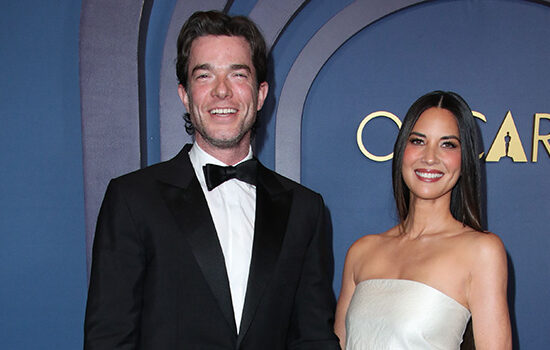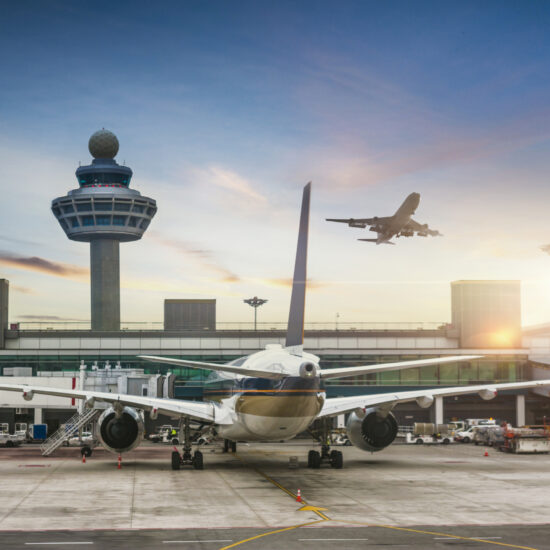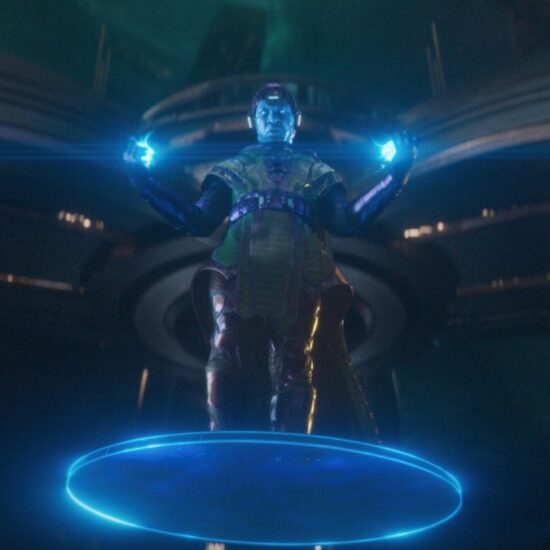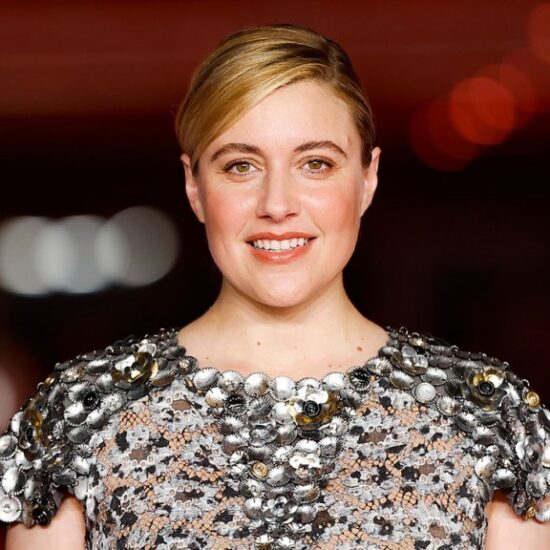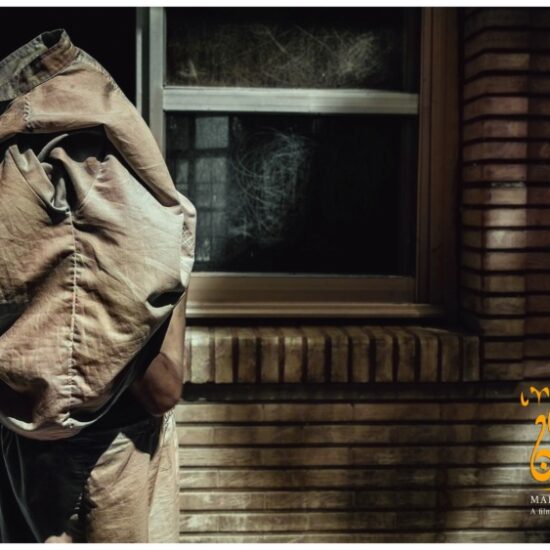
SPOILER ALERT: This story discusses a few plot developments in Season 2, Episode 3 of “Loki,” currently streaming on Disney+.
While working as the production designer on Season 1 of Marvel Studios‘ “Loki” — in which Tom Hiddleston’s god of mischief became embroiled with a vast bureaucratic organization know as the Time Variance Authority — Kasra Farahani realized that he was having a greater influence on the storytelling than usual.
“We just had this really good feedback going on where there were some things in the scripts that were a little bit more vague and we’d define them in the art department,” Farahani tells Variety. “Basically, we had an elegant and fortunate collaboration between the world building that we were doing in the art department and the writing team and with Kate Herron, our brilliant director on Season 1.”
Farahani’s contributions to the show became so significant that for Season 2, executive producer Kevin Wright and head writer Eric Martin asked him to be a part of the writers’ room — and, eventually, to direct the third episode of the season. “It was a joy for me to be involved on that kind of really grassroots, blue sky moment in inventing the ideas that would come to define the arc of the season. And it led to Kevin suggesting that I direct one of the episodes, which blew my mind and was such a great opportunity.”
The episode also marks the debut of Jonathan Majors as Victor Timely — one of the infinite variants of Kang who are meant to be the central villains of the current arc of the Marvel Cinematic Universe. In the episode, Loki (Hiddleston) and Mobius (Owen Wilson) track rogue TVA operative Ravonna Renslayer (Gugu Mbatha-Raw) to the 1893 World’s Fair in Chicago, where they encounter Timely presenting one of the inventions Loki and Mobius know will eventually lead to the creation of the TVA.
Farahani explained his historical inspiration for Timely, as well as his reaction to Majors’ arrest in March. (The actor, who has denied the allegations that he assaulted his former partner Grace Jabbari, is currently awaiting trial.) He also discussed how he integrated his experience as a production designer and concept artist to his approach as a director, and what Hiddleston brought to the writers’ room to set the tone for the season.
How did you wind up directing this specific episode?
Because I was designing the entire season, I needed to direct whatever episode shot last, because by that time in the shooting schedule, the design work is done. We’re still building a few things, but mostly as a production designer, you’re not that busy at the end of the schedule. I was just really lucky that the one that we shot last happened to be 203.
But you still had to create the 1893 World’s Fair for your episode — it’s not like you were using existing sets. You had to build an entire world!
I know. I feel so lucky that it worked out that way, to be honest with you. I try in my production design work to create sets that really suggest camera angles, that present the cinematographer and director with how they want to be shot. A lot of the time, it works out, but sometimes people choose different angles. I love that on this episode, I got to guarantee that these sets would be shot the way I wanted them to be shot. More importantly than all of it, the biggest joy of all was working with Tom and the rest of the cast to inhabit this space and to tell this story, and to get to explore the other part of the filmmaking palette that’s not available to the production designer, which is working with the actors.
Speaking of camera angles, a lot of the episode was filmed with extended wide shots, more so than what we normally see Marvel productions. How intentional was that?
I mean, I like wide shots. I think [cinematographer] Isaac [Bauman] likes wide shots. And we were trying to take advantage of the fact that most of the sets — the mannequin factory, which was Timely’s laboratory at the end, the Hofbräu, where we meet Timely the first time, Timely’s apartment — were all fully intact, 360 degree sets. That is also partly why maybe you don’t see [wide shots] done more often, because you don’t always have the ability to do that without requiring set extension with CG. We had the ability to shoot more wides — we didn’t have to worry about every shot cost adding up because it was going to have to rely on VFX.
Was there anything else that you got to do as a director in the production design that you wouldn’t have been able to otherwise?
I’d say my aesthetic is drawn to a high degree of formalism. I like symmetrical frames that have a very strong graphic impact immediately. Before there are even any words said by the characters, you have an emotional imprint from from that wide image that you see, and within that image, there’s a sequential hierarchy of information. So for instance, where Ke [Huy Quan] plays OB, you have a big circle with a triangle of this funnel of tubes pointing right down to OB in the middle as the focal point. Similarly, in the Hofbräu in the episode I directed, you have this barrel ceiling that’s framing the stage, and the first shot is symmetrical, almost scraping the ceiling, pushing into that stage, where I hope we’re anticipating this Kang variant. We know that he’s going to be there, but we don’t know anything about his nature, whether he’s malevolent or not. So those are the things that I get to do as a director that I can’t do as a production designer, but I can take advantage the fact that I am the production designer to create the perfect opportunity for the shots I want to get.
Jonathan Majors and Gugu Mbatha-Raw on “Loki.”
Gareth Gatrell / Marvel Studios
What were your conversations like with Jonathan Majors about playing Timely, since his first time playing this variant of Kang?
The idea with Victor Timely that we came up with in the writers’ room is that he’s this brilliant guy who’s operating like an Einstein-type figure, seven levels above everybody else, but as a result, he’s got an awkwardness on the most basic level. Also, we wanted him to have this kind of conman quality, which in my mind is justified by the fact that he’s a Black man in the late 19th Century in America, trying to operate in the technical industry. He’s probably had to use his wits and be clever on his feet to make it happen. And his ideas exceed the technological capability of the era, so to compensate, there’s a degree of, like, “Trust me, this is all real.”
On top of that, we took a lot of inspiration from a figure that that I had come across and I talked to Jonathan about named Granville Woods. He was a Black inventor from the exactly the era Timely would have lived, who invented so many amazing things. He was constantly having his patents challenged by other prominent inventors. Edison tried to claim two of his patents; lost in court both times; ended up offering Woods a job. Woods turned it down. So we wanted to get some of that element in there, that this is a person who’s under duress. I mean, the very nature that he’s making this presentation in the Hofbräu of the Midway, instead of the machine room in the White City, where everybody else is presenting their big inventions, is part of, I think, this dynamic.
Kevin Wright told me that Marvel did not consider reshooting after Jonathan Majors was arrested in March. Because Majors was so integral to your episode, specifically, what your reaction was to the news of his arrest?
It was a surprise for sure. But I don’t know anything about it, other than to say that we had, honestly, such a great experience on the set. The cast was a wonderful ensemble. They all worked together super well. Tom would have an idea, Jonathan would have ideas, Owen is an idea machine. The experience on set was without any drama, and just a joy. For me, especially as my first big directing opportunity, I count myself so fortunate to be working with such high-caliber actors that made the directing that much easier for me.
Tom Hiddleston has famously been deeply involved with the production of this show. What were your interactions with him like?
He’s got so many ideas. He’s bringing in great literary references that maybe wouldn’t have occurred to us at different points.
What references?
There was a series of Shelley poems that he talked about a lot. It was at the very beginning of the writers’ room. Tonally, it was just great. It was bringing in not necessarily an obvious influence to have when you’re working on this kind of material. But also I want to say, you work out everything before — you do table reads and everyone has comments, and we refine them. But there’s a different thing that happens entirely when they’re standing in costume on the actual set. With Tom, there’s a kind of holistic knowledge of the character that he has that’s just a different thing that is so helpful, honestly, for directors.
A lot has been on pause due to the strikes. But are you looking at any other projects to direct now that you’ve gotten your first swing at it?
I would love to do that. I hope that’s in the future. But I also love production design. The fact that I got to design and direct — I mean, if I could do that on another job, I would love that. I think people bring their expertise to their own version of directing. I find that the language I speak in is the language of image making. When I’m writing, I think of it in images first. So I’m nourished by the production design process as part of directing. If I had to direct only, I would find a way to make my peace with that. But I love doing both.
This interview has been edited and condensed.









